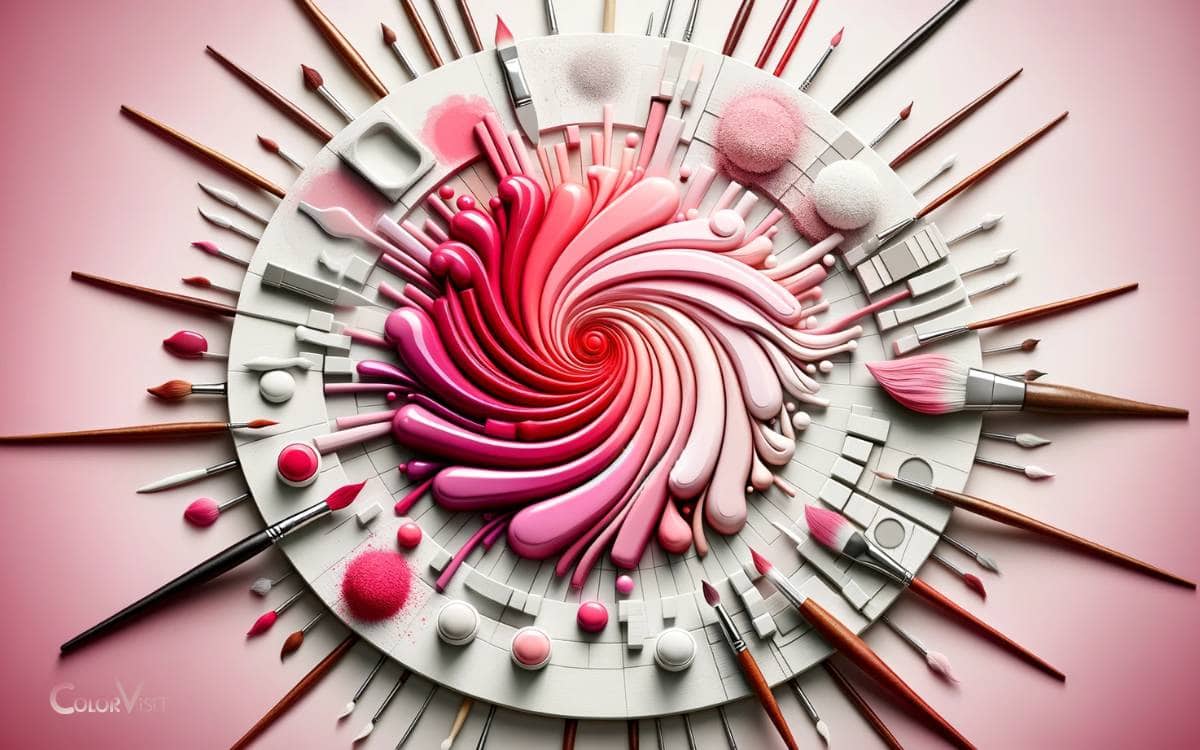How Many Drops of Red Food Coloring to Make Pink? A Guide!
To make pink from red food coloring, you typically need 1 drop of red food coloring mixed into a cup of white icing or base. This ratio can be adjusted depending on the shade of pink desired. If you want a more vibrant pink, you can increase the amount of red food coloring, but be cautious to avoid oversaturating the icing. For those aiming for a bold look, learning how to make hot pink icing involves adding several drops of red and mixing thoroughly until the desired intensity is reached. Remember to test the color in small amounts before committing to your entire batch to ensure the perfect hue.
Color mixing is an art as well as a science. The color pink is essentially a lighter shade of red. By adding red food coloring to a white base such as icing or cake batter, you can achieve various shades of pink.
For a standard shade of pink, the generally accepted ratio is 1 drop of red food coloring to 1 cup of white base.
However, this ratio can be adjusted to achieve lighter or darker shades of pink. For example, for a lighter pink, you might use half a drop of red food coloring, or for a darker pink, 2 drops.
Remember, the key to achieving the perfect pink lies in the art of precision. Start with less food coloring, as you can always add more to reach your desired shade, but it’s impossible to remove color once added.
Key Takeaway
Understanding Color Mixing
To comprehend color mixing effectively, it is essential to understand the principles behind the interaction of different hues and pigments.
- Color theory forms the foundation of this understanding, delving into the way colors interact and combine to create new shades.
- The color spectrum, with its primary, secondary, and tertiary colors, provides a framework for comprehending the complexities of color mixing.
- Understanding how these colors blend and complement each other is crucial in achieving desired results when mixing colors.
- By grasping the intricacies of color theory and the color spectrum, individuals can predict and control the outcomes of their color mixing endeavors, leading to innovative and precise results.
- Moving forward, it is imperative to delve into the science behind pink and how it is achieved through color mixing.
The Science Behind Pink
Understanding the science behind achieving the color pink involves determining the precise ratio of red and white pigments, as well as comprehending the light wavelengths that contribute to the perception of this delicate hue.
To delve into the science behind pink, consider these intriguing points:
- Color perception: Pink is not a single wavelength of light but rather a combination of red and white light. The human eye’s perception of pink is a result of the brain interpreting the mixed light wavelengths.
- Chemical composition: The chemical composition of pigments used in creating pink also plays a significant role. For instance, the use of titanium dioxide as a white pigment and various shades of red pigments determines the final hue of pink.
- Light reflection and absorption: The interaction between pigments and light is crucial in understanding the science of pink. The way pigments reflect and absorb light influences the perceived color by the human eye.
Finding the Right Ratio
The precise ratio of red and white pigments is crucial when attempting to achieve the color pink, as it determines the delicate balance between the intensity of red and the lightness of white in the final hue.
Achieving the perfect pink involves understanding the color spectrum and the behavior of red dye when mixed with white.
Below is a table that illustrates the varying ratios of red dye to white pigment and the resulting shades of pink:
| Red Dye : White Pigment | Resulting Shade of Pink |
|---|---|
| 1 : 10 | Light Pink |
| 1 : 5 | Medium Pink |
| 1 : 2 | Bright Pink |
| 1 : 1 | Intense Pink |
Understanding these ratios is essential for obtaining the desired shade of pink, allowing for precise color customization and innovation in various applications.
Achieving Perfect Pink
Achieving the perfect shade of pink is essential for various applications, requiring a precise understanding of the ratios of red dye to white pigment.
To achieve the ideal pink hue, consider the following:
- Color Intensity: Adjusting the color intensity involves carefully controlling the concentration of red dye. This can be achieved by adding small increments of red food coloring and mixing thoroughly before adding more.
- Dye Concentration: Understanding the concentration of the red food coloring used is crucial. Different brands and types of food coloring may have varying intensities, affecting the amount required to achieve the perfect pink.
- Mixing Techniques: Utilize different mixing techniques such as blending, folding, or stirring to ensure a uniform distribution of the dye, resulting in a consistent and perfect pink shade.
Tips for Precision
Precision is crucial when determining the amount of red food coloring necessary to achieve the perfect pink hue. To ensure accuracy, precise measurement and careful observation are essential.
Here are some tips for achieving color accuracy:
| Tip | Description | Benefit |
|---|---|---|
| Use a dropper | Utilize a dropper for precise control over the number of drops added | Ensures consistency in color saturation |
| Start with a small amount | Begin with a small number of drops and gradually increase as needed | Prevents over-saturation and allows for fine adjustments |
| Mix thoroughly | Stir the mixture well after each addition of coloring | Ensures even distribution of color |
Conclusion
Achieving the perfect shade of pink requires a precise understanding of color mixing and the science behind it. By finding the right ratio of red food coloring, one can achieve the desired result.
It is important to approach the process with precision and attention to detail in order to achieve the perfect pink.
With the right approach, anyone can create the desired shade of pink for their culinary or artistic endeavors.






